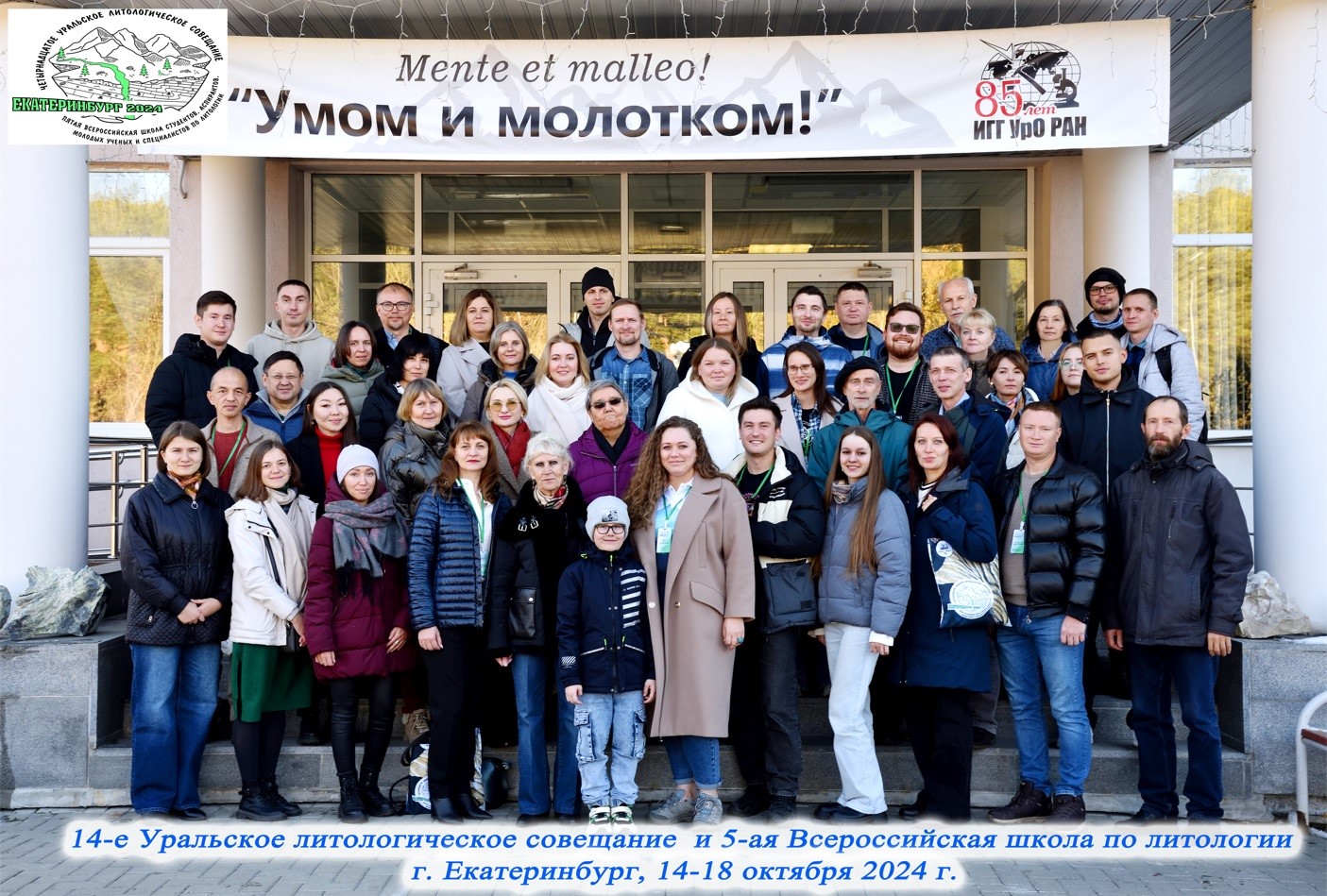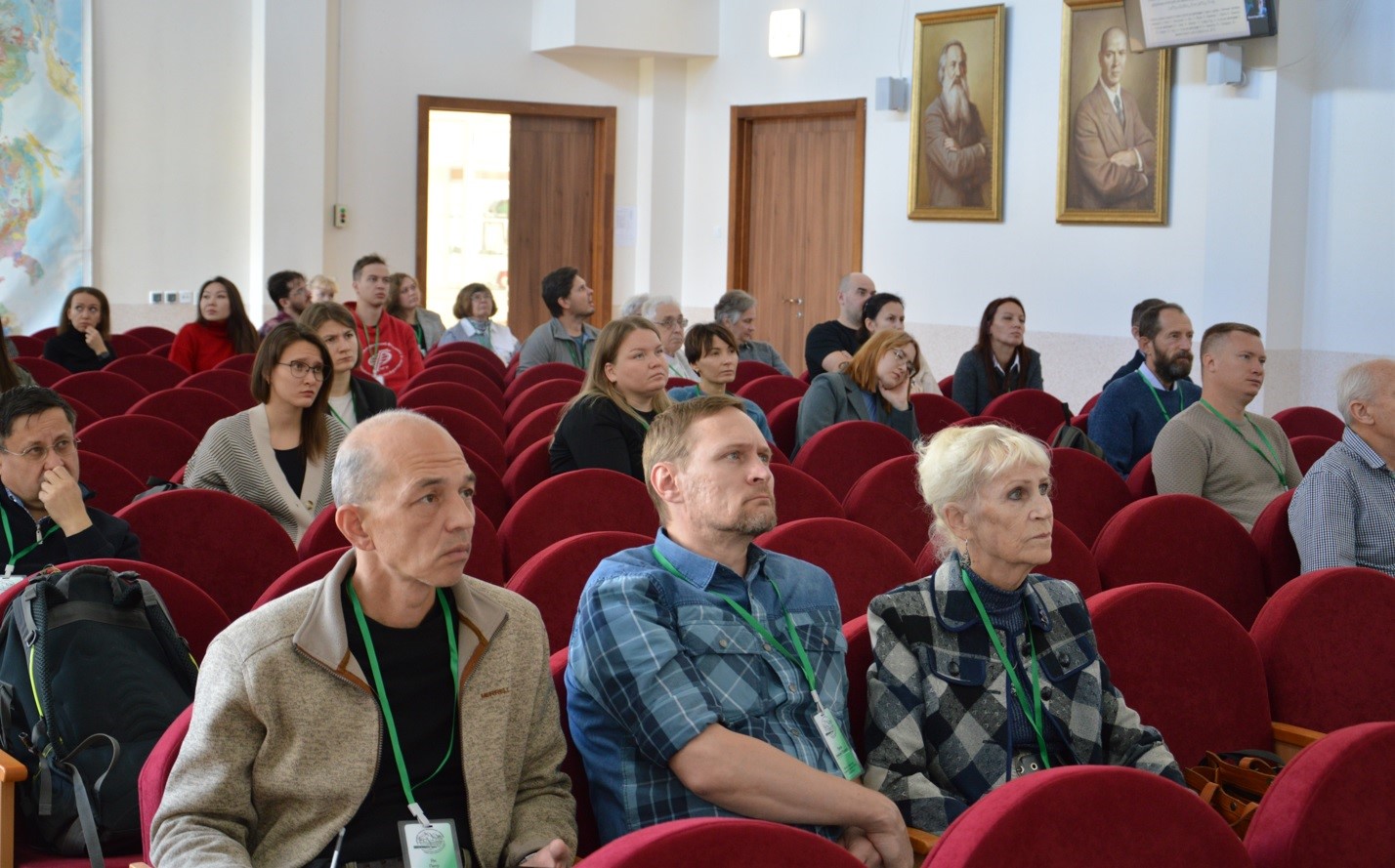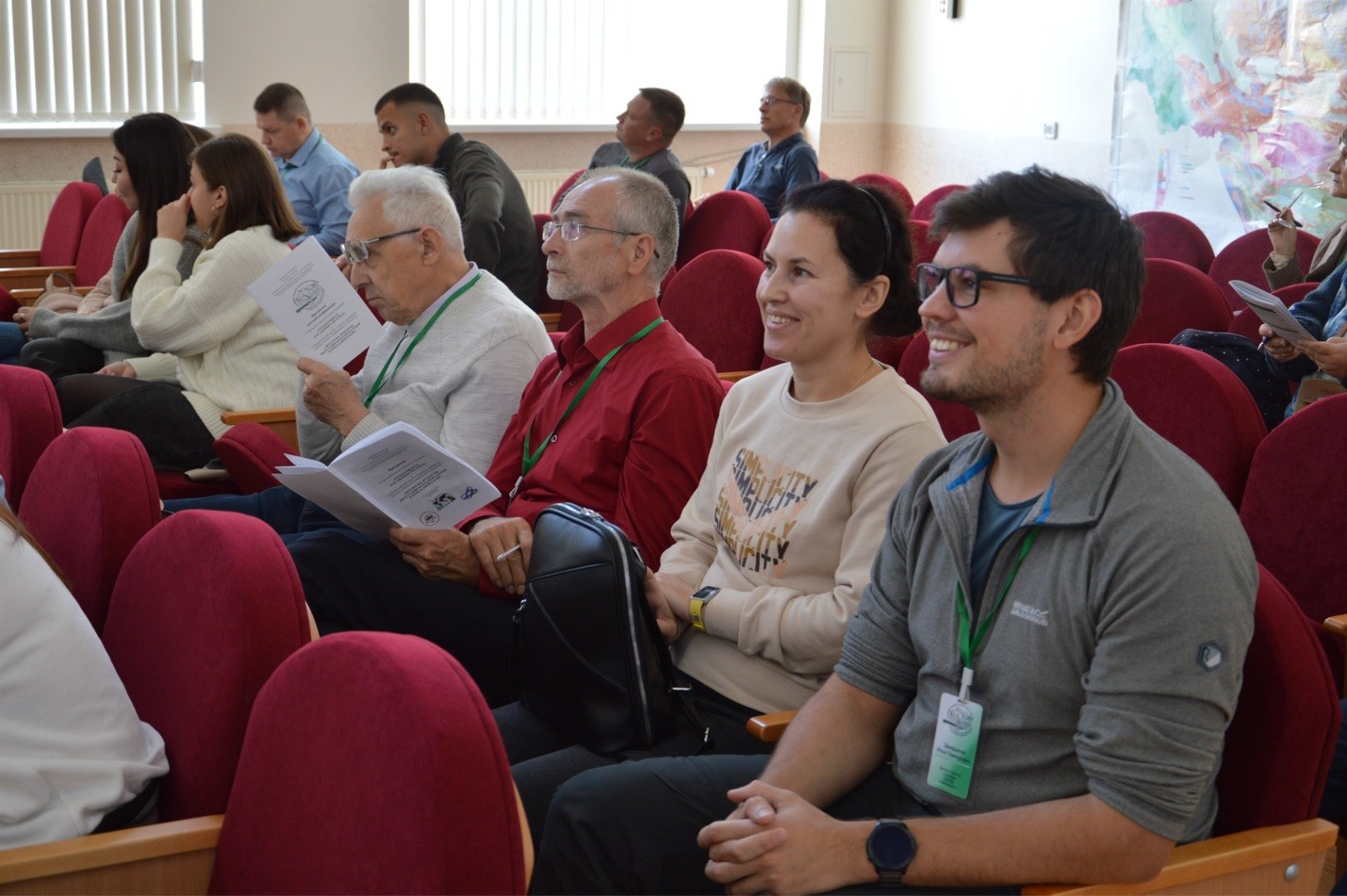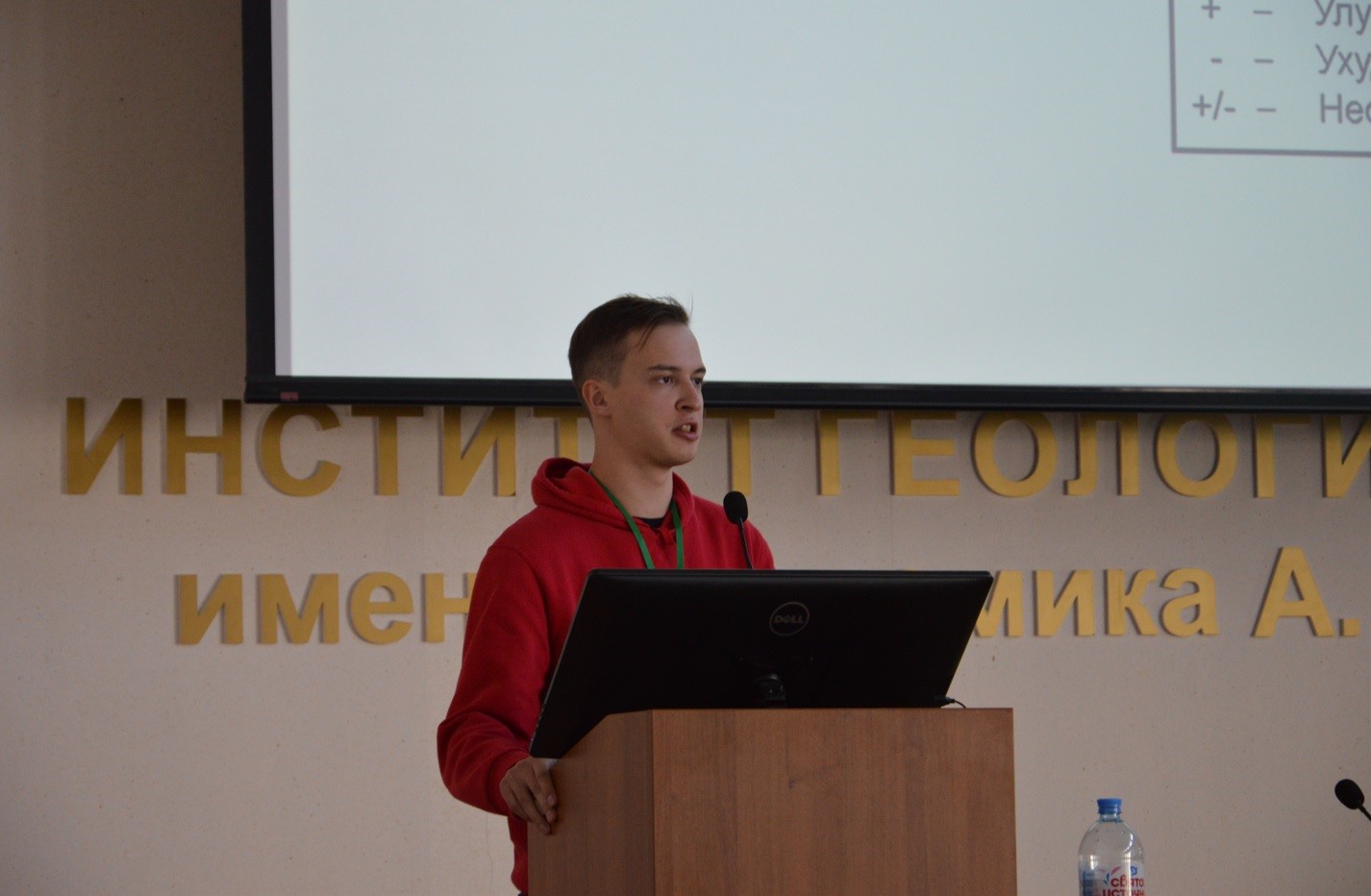On October 14-18, the city of Yekaterinburg hosted the Ural Lithological Biennale, which included the 14th Ural Lithological Conference “Heterogeneity in Sedimentary Systems” and the 5th All-Russian “Students and Young Professionals” Educational Program - “Lithology: Problems of Integration of Fundamental and Applied Sciences”. Researchers of the IPGG SB RAS Sedimentology Laboratory attended the events where they presented their research results.

The first Ural Lithological Conference took place in 1994. Originally conceived as periodic, the Ural Meetings soon stepped beyond the regional level.This year, about 100 oral and poster presentations were made by both senior and young researchers at the Biennale. The presentations covered a diverse range of topics, which included not only lithology, but also related areas of mineralogy, geochemistry, isotope studies, paleontology and stratigraphy, petroleum geology and other topical issues.
The conference significantly expanded the geography of participants that represented this year over 20 research institutions and organizations based in 15 cities - St. Petersburg, Moscow, Kazan, Syktyvkar, Perm, Yekaterinburg, Tyumen, Novosibirsk, Tomsk, Krasnoyarsk and others. The discussions covered the stratigraphic interval cumulatively spanning from the Proterozoic to the present day, and the geography of research encompassed studied areas that spread widely from the Crimea and the Caucasus to Sakhalin. Some topics of the presentations addressed the influence of space on sedimentary processes on Earth (dominated by fluvial and marine processes both today and in its geologic past), and Mars lithology (its sedimentary rocks record the transition from wetter, neutral-pH weathering, to brine-dominated low-pH weathering, to its dry current state).

Researchers of the Sedimentology Laboratory (IPGG SB RAS): P.A. Yan, PhD (geol.-mineral.), A.Yu. Popov, PhD (geol.-mineral.), L.G. Vakulenko, PhD (geol.-mineral.)
The conference participants discussed both theoretical and practical issues of production, transportation and deposition of sediment, with its subsequent redistribution and fractionation in multi-scale sedimentary systems; influence of tectonics, climate, volcanism and biosphere evolution on sedimentary processes; peculiar features of the formation of authigenic minerals and the post-depositional changes referred to as diagenesis, with the resulting minerals being important clues to post-depositional physical and chemical changes in the rocks.
The level of discussion and the range of issues raised at the event provided the participants with an in-depth overview of : recent achievements, possibilities and limitations of isotopic methods utilized in sedimentology for solving a wide range of problems (e.g. dating sedimentary material, and tracing the origin of inorganic and organic solids, liquids and gases within the sedimentary system); problems of terminology and typification of rocks according to the degree of their transformation; factors influencing reservoir properties, and methods for creation of paleogeographic reconstructions and appropriate recommendations for prediction of reservoir properties, etc.

I.G. Zakir’yanov , junior research scientist, IPGG SB RAS
Virtually all presentations, either explicitly or implicitly, addressed the problem of heterogeneity of sedimentary formations, which is inevitably caused by the complicated and intimately connected exogenous and endogenous processes, multifactorial control of sedimentation and discrete character of the geologic time (i.e. history of the Earth is divided into discrete intervals of time, based on events, such as the evolution and extinction of different living beings and related processes).
Researchers of the IPGG SB RAS Sedimentology Laboratory that took an active part in the conference made oral presentations which aroused great interest among their colleagues. In particular, the presentation by D.S. Goryainov, MS degree student supervised by I.V. Varaksina, PhD (geol.-mineral), made within the frames of the Young Lithologists educational program was awarded the 2nd degree diploma.

D.S. Goryainov, presenting his research results
The team of researchers representing IPGG at these two interconnected events had plenty of networking opportunities in traditionally warm and interesting manner, which they found useful and inspiring. The Biennale 2024 participants also marked the high organizational level of the event, and emphasized both the importance of lithological studies in solving a wide range of geological problems, and demand by industry.
Published by IPGG SB RAS Press Service
Photos courtesy of L.G. Vakulenko